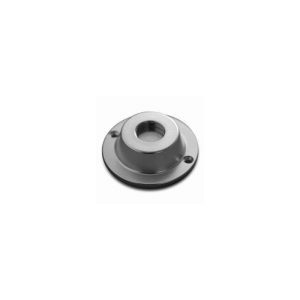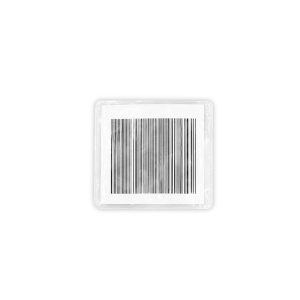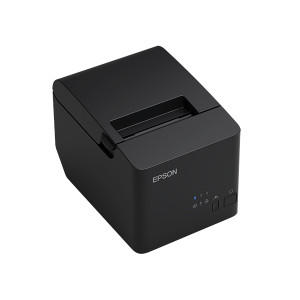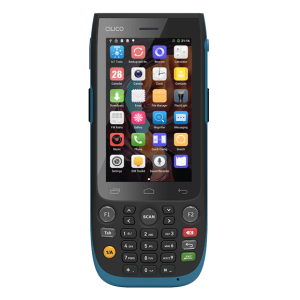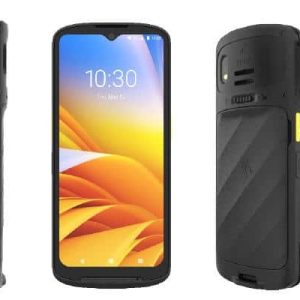The Power of EAS Systems for Theft Prevention
Introduction
In the fast-paced world of retail, preventing theft and shoplifting is a top priority for store owners and managers. To combat these challenges effectively, Electronic Article Surveillance (EAS) systems have emerged as a game-changer in retail security. In this comprehensive article, we will explore the significance of EAS systems in retail shops, uncovering the benefits and functionalities of this cutting-edge technology.
- Understanding EAS Systems in Retail
Electronic Article Surveillance (EAS) is a security technology used to protect retail merchandise from theft. EAS systems consist of small security tags or labels that are attached to products and detection systems at store exits. These tags or labels trigger an alarm when passing through the detection system if not deactivated or removed by store personnel after purchase.
- Key Components of EAS Systems
a. EAS Tags: EAS tags come in various forms, including Radio Frequency (RF) tags, Acousto-Magnetic (AM) tags, and RFID (Radio-Frequency Identification) tags. Each type offers specific benefits and is used based on the retailer’s preferences and requirements.
b. EAS Detection Systems: Positioned at store exits, these systems consist of antennas that detect signals from the EAS tags as customers attempt to leave the store. If an active tag is detected, an alarm is triggered, alerting store personnel of potential theft.
- Advantages of EAS Systems
a. Theft Deterrence: The presence of EAS tags and detection systems acts as a strong deterrent, discouraging potential shoplifters from attempting theft.
b. Real-Time Alerts: EAS systems provide real-time alerts, enabling store staff to respond swiftly to potential theft incidents and apprehend shoplifters.
c. Easy Integration: EAS technology seamlessly integrates with existing retail infrastructures, such as point-of-sale (POS) systems and security cameras.
d. Enhanced Customer Experience: A secure shopping environment instills confidence in customers, encouraging them to shop freely without concerns about theft.
- Types of EAS Tags
a. Radio Frequency (RF) Tags: RF tags are cost-effective and widely used in various retail settings. They are suitable for protecting a wide range of products and can be easily deactivated at the point of sale.
b. Acousto-Magnetic (AM) Tags: AM tags offer excellent detection performance, making them popular for high-end merchandise. They are compatible with EAS detection systems operating at higher frequencies.
c. RFID Tags: RFID tags provide additional functionalities beyond theft prevention. They can store product information, aid in inventory management, and facilitate contactless transactions.
- Implementing EAS Systems Strategically
a. Product Selection: Determine the types of EAS tags that best suit your merchandise, considering factors like size, shape, and sensitivity.
b. Placement: Properly affix EAS tags to merchandise, ensuring they are not easily accessible for tampering or removal.
c. Staff Training: Train store personnel on EAS systems’ operation, alarm response, and proper tag deactivation during the checkout process.
Investing in EAS technology is a strategic decision that strengthens a store’s security posture while enhancing the overall shopping experience for customers. Embrace the power of EAS systems today and take your retail business to new heights of security and success.
Anti Lifting System
Showing all 6 results

